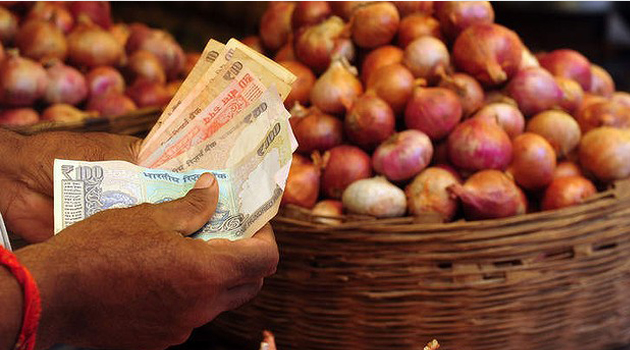NAIROBI, July 28 – The implementation of the East African Community (EAC) Customs Union has been successful as evidenced by the increase of intra-trade inflows between the member states, officials said Monday.
EAC Director of Customs Kenneth Bagamuhunda told a media workshop that the region had also recorded increased investments as well as a stable tariff policy three years after the Customs Union was launched.
The signing of the EAC Customs Union Protocol in March 2004 marked a significant milestone in the East African integration process.
Its objectives were to liberalise intra-trade, promote efficiency in production as well as enhance investment in the region with a view to promote economic development.
With the entrance of Rwanda and Burundi into the EAC, which initially had Kenya, Uganda and Tanzania as the original members, the combined population now stands at 120 million and a combined GDP of $41 billion.
With the increased trade and investment growing every year, the region looks like it has managed to achieve some of its objectives.
In 2007 for example, exports from Uganda and Tanzania into Kenya have increased six fold.
Since 2005, export trade to Tanzania has been growing at the rate of 27.1 percent annually from Sh19.9 million in 2003 to Sh22.3 million in 2007.
“In 2004, Uganda was exporting about $14 million worth of goods to Kenya but now that figure is almost $100 million. Kenya’s exports to these markets have also continued to improve steadily,” he explained.
The director also cited the increased revenues in the member states and reduced smuggling of goods as some of the other benefits that had accrued from the implementation.
He noted that the positive performance had especially been beneficial for the private sector as it had provided a predictable environment for them to operate in.
Bagamuhunda however said that the execution had continued to face numerous challenges occasioned by the existence such as Non- Tariff Barriers (NTBs), corruption, reluctance by the partners to cede power and dual membership of some member states.
He said national monitoring committees had been set up in partner states to monitor and address these issues.
He explained that a tripartite Heads of State Summit slated for October 2008 between EAC, COMESA and Southern African Development Community (SADC) would seek to address some of these bottlenecks particularly the issue of overlapping membership and hopefully recommend the way forward.
“The meeting will look into mechanism of operation and harmonisation with COMESA and SADC so that distortion and overlapping issues that impede trade are ironed out,” he added.
The official also revealed that several measures had been put in place to enhance implementation ahead of the Common Market launch in 2010.
Chief among these was the formulation of an EAC Customs Strategy that seeks to address political issues such as the need to work out how the customs would be run; issue of free circulation of goods, people, how to transmit revenues collected among other things.
The strategy,, he added, would also involve interconnecting the regional customs systems to facilitate trade.
Towards this end, Bagamuhunda disclosed that Kenya Revenue Authority and its Ugandan counterpart were running a pilot project to interface the systems involved in the clearing of goods and create a centralised data centre.
He added that $3.5 million had been secured to enable the five member states implement the project.
“African Development Bank has promised to avail more funds to buy the equipment for the project,” he said.


































